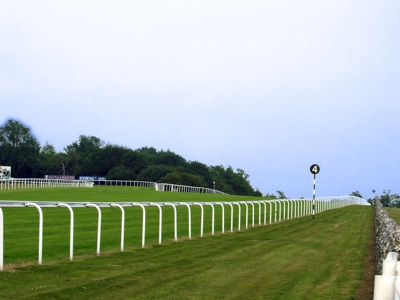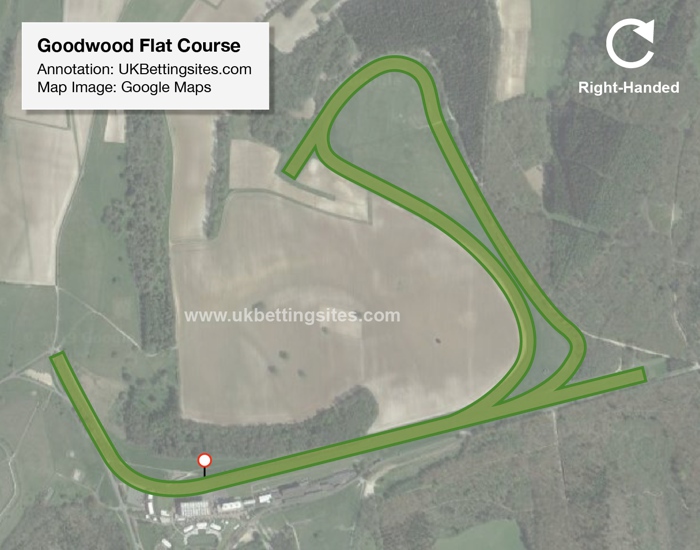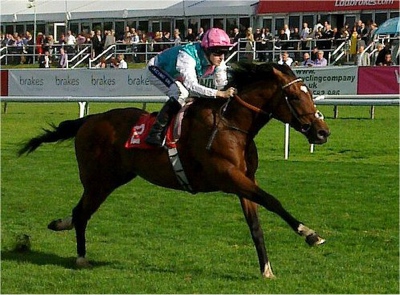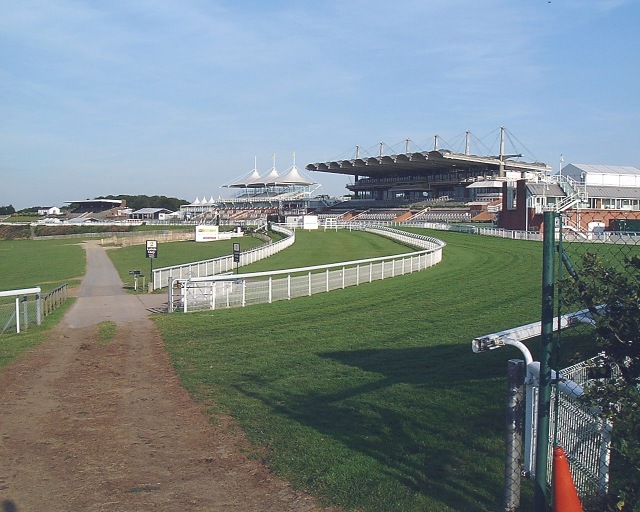Goodwood Racecourse

Located just five-miles north of Chichester, the first meeting at Goodwood took place in 1802, as it was commissioned by the Earl of Richmond who was a huge racing fan at the time. Unfortunately, he was only able to enjoy racing there for a short time, as he died five years later. There are 20 days of action each and every year at the course on the Sussex Downs, which is widely recognised as one of the most beautiful and picturesque courses in the world.
Those travelling by car to Goodwood should take the A27 to Chichester and follow the frequently placed signposts to the course. If travelling from London, the best option to take is the A285 to Chichester before following the aforementioned signs. There is a regular service to Chichester station from London Victoria, with journey times averaging at just one hour and forty minutes. Buses and taxis are widely available from the station.
Ticket Prices
Goodwood has several enclosures that are accessible on race days, the most expensive being the Richmond Enclosure, with prices starting at just £27. The Gordon Enclosure and the Lennox Enclosure cost £18 to get in, with prices for these areas being reduced to half price for those aged over 65, as well as for students who can provide valid identification.
Under-18s are allowed free entry when accompanied by a full paying adult. There are wheelchair-viewing stands in both the Richmond and Lennox enclosures, whilst there is also ramped access to the front of the parade ring. There are also lifts and specialised toilets in all buildings and enclosures.
The Course

The grade 1 course at Goodwood, home to the wonderful Glorious meeting in August, is of a right-handed nature, with a number of stiff and undulating sections. A slightly confusing shape, the track consists of a straight section connected to an extended loop. There is, however, a simple straight course for sprint races either five or six furlongs in distance, with the former being one of the quickest of its kind in the country.
The undulating loop in the course is around 1m2f in circumference and it is used for all races that exceed 6f in length. Its switchback nature can benefit horses with previous course form so this is something to look out for when weighing up the field. Handy types generally fare best here with those held up often finding themselves in trouble, especially when ending up trapped by the rail.
High Draw Always Worse
The sprint track at Goodwood is as straight as they come but it’s far from the fairest. In both five and six furlong races, there is a very strong draw bias on display with low and mid drawn runners more than twice as likely to prevail than those drawn high.
The effect is even stronger when the ground is anything softer than good with low drawn horses winning three times more often than those on the outside between October 2009 and June 2019. Interestingly, there is a difference between five furlong and six furlong races, with mid-runners tending to do best in the latter, whilst low-drawn runners usually have the advantage in the longer sprints.
Already a clear bias, it’s something that only gets stronger the bigger the field. The above findings looked at races with at least 10 runners but when increasing this to 14, outside starters fare even worse. Across both sprinting distances, low drawn winners won 33 races in these larger fields with those drawn high triumphing on just 6 occasions.
The disadvantage of being handed a high draw doesn’t stop there either, it also continues for seven furlong and one mile events. A high draw used to be preferable for seven furlong races but in 2008 Goodwood adjusted the rails so the fastest strip of ground on the outside was no longer used. Immediately the bias reversed with double-digit stall horses winning just two of the 15 races with 10+ runners that very same year.
It’s a similar story over one mile if we take a look at 67 races that took place between 2009 and 2019. Low drawn runners won not far from three times more races than high drawn horses where at least 10 nags featured. Stalls one and three produced the most winners. Between them they were responsible for around a quarter of all horse who got themselves first to the line. We’re not quite sure what happened to the horses in stall two!
Stewards Given Plenty to Do
Even for the more experienced jockey, Goodwood is not an easy place to ride at. The straight course is fairly simple, largely a pure test of speed, but the round course regularly throws up a problem or two.
Races here are often well attended and congestion, particularly on the dog leg, is regularly a problem given the known benefit of being run close in to the rail. Seeing horses bumped here and there as jockeys fight for position is not an unusual sight as a result. Those that battle their way to the front stand a fine chance but the same cannot be said for those stuck further back or forced to take a wide run around the bends.
A jockey who knows Goodwood and is highly skilled is a big plus and this famous track, despite its high profile and top status, is certainly not one of the fairer ones around.
Major Meetings at Goodwood

Easily the most prestigious event is the five-day Glorious Goodwood Festival. It is one of the highlights of the flat racing calendar and features two of the UK’s 31 Group One flat races – The Sussex Stakes and The Nassau Stakes. The Sussex Stakes is one-mile in length and was established in 1841 and was won twice, in 2011 and 2012, by the legendary Frankel, whilst the Nassau stakes is slightly longer and a year older, measuring 1m1f and was first run in 1840.
Arguably the two biggest races at Glorious Goodwood, however, are not Group Ones, but the Goodwood Cup and the Stewards’ Cup, measuring two miles and 6f in length respectively, with both contests originating in the first half of the 19th century.
Dining and Hospitality

Prices vary for private hospitality depending on the meeting, with Glorious Goodwood naturally being more expensive due to the high profile nature of the occasion and the popularity of the meeting. Standard prices for the private boxes start at £210 per person, whilst the restaurant prices range between £40 and £92.
During Glorious Goodwood, private box prices are increased significantly to between £475 and £655 per person, whilst the menu in the restaurant starts at £70 and can be as expensive as £375 per person.